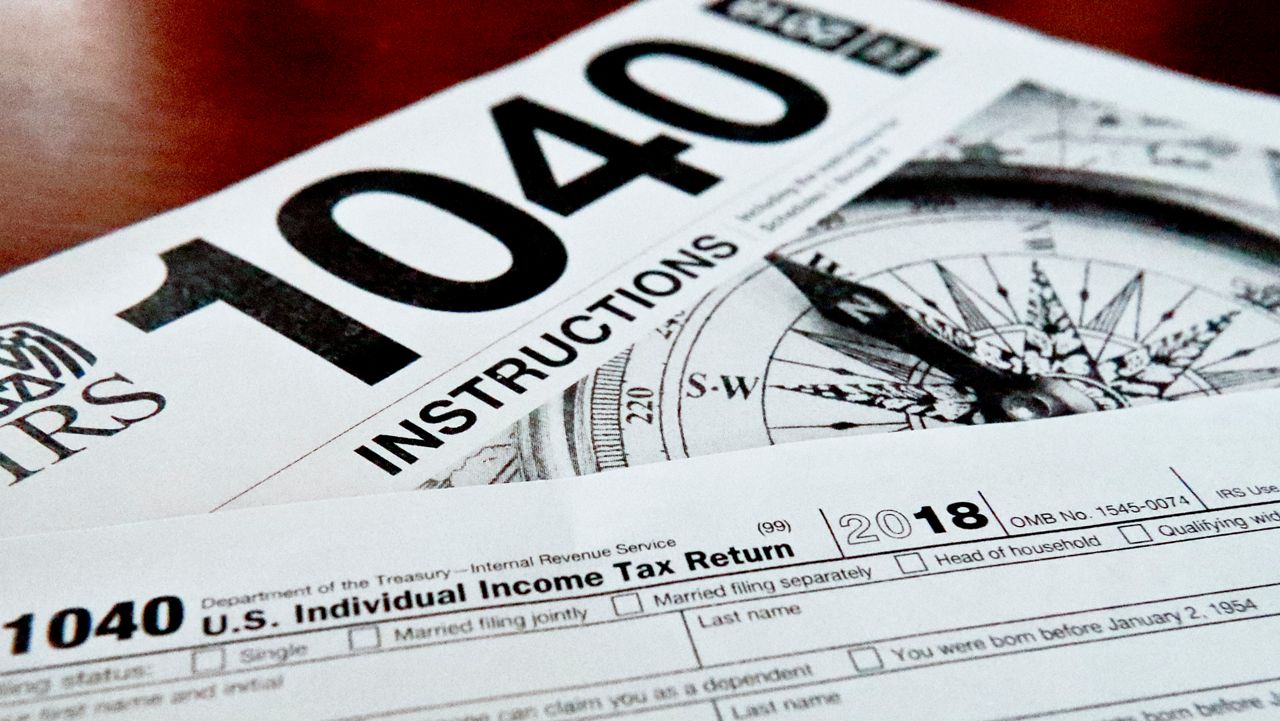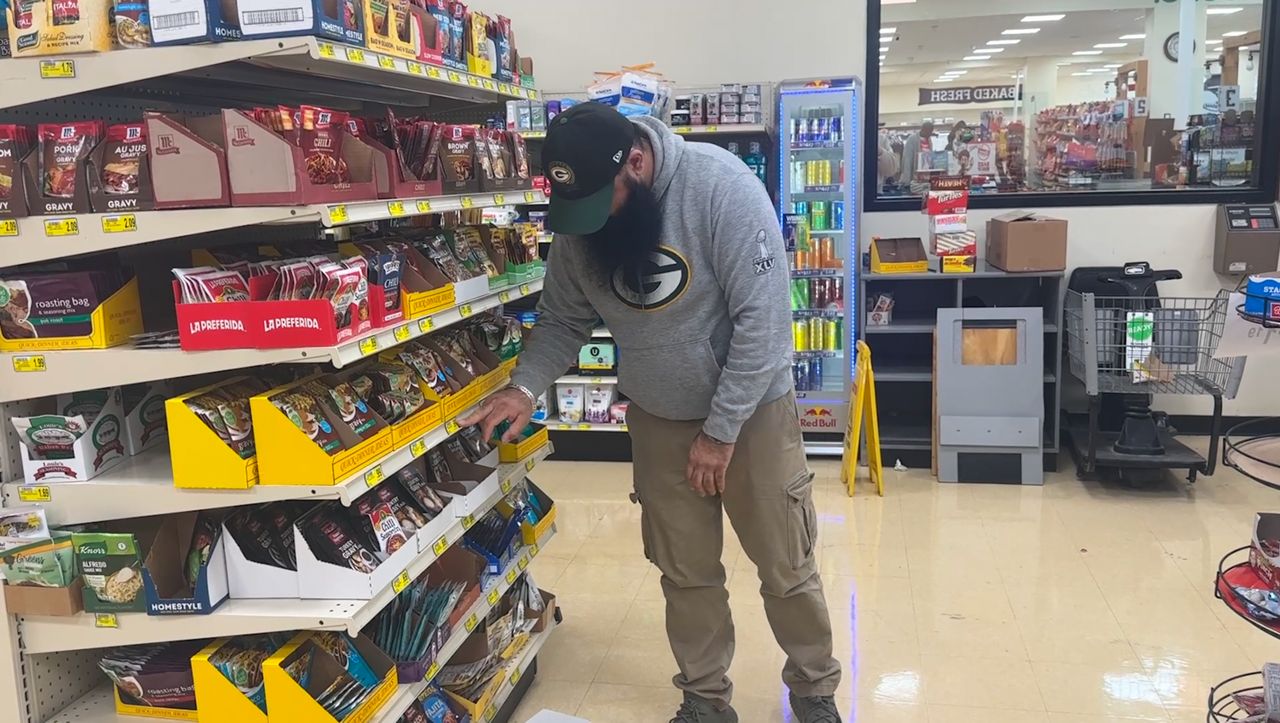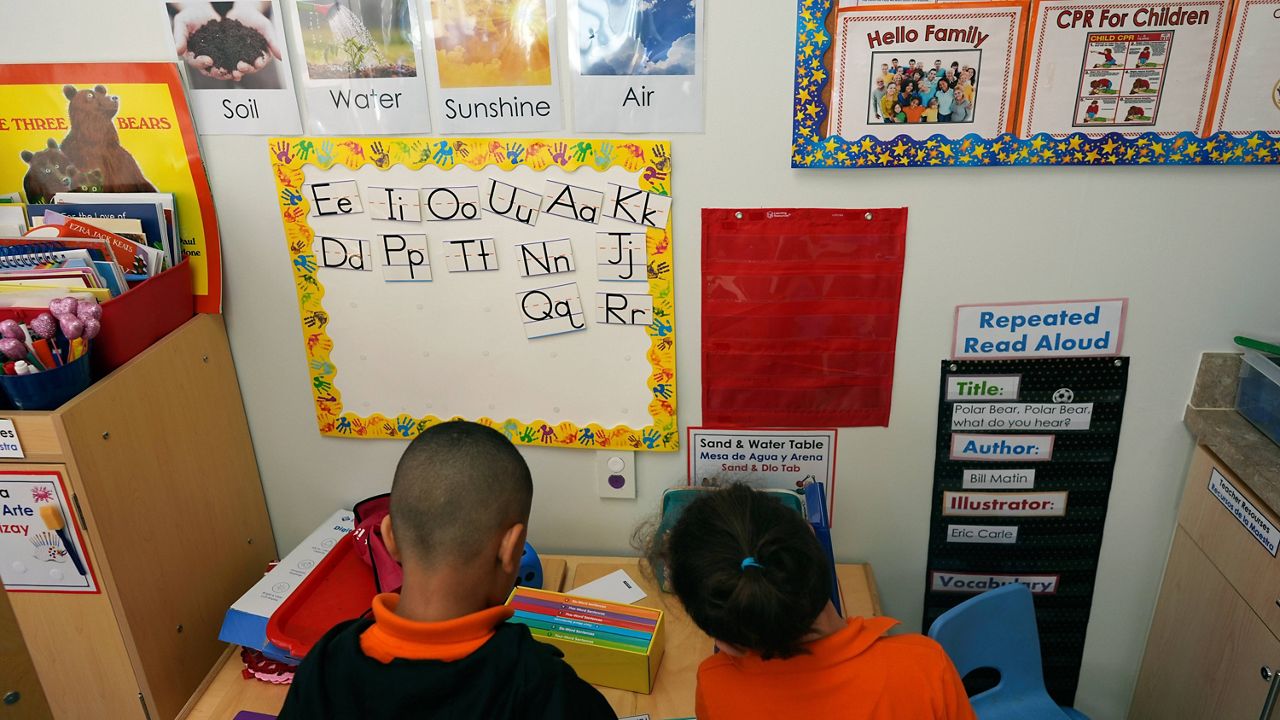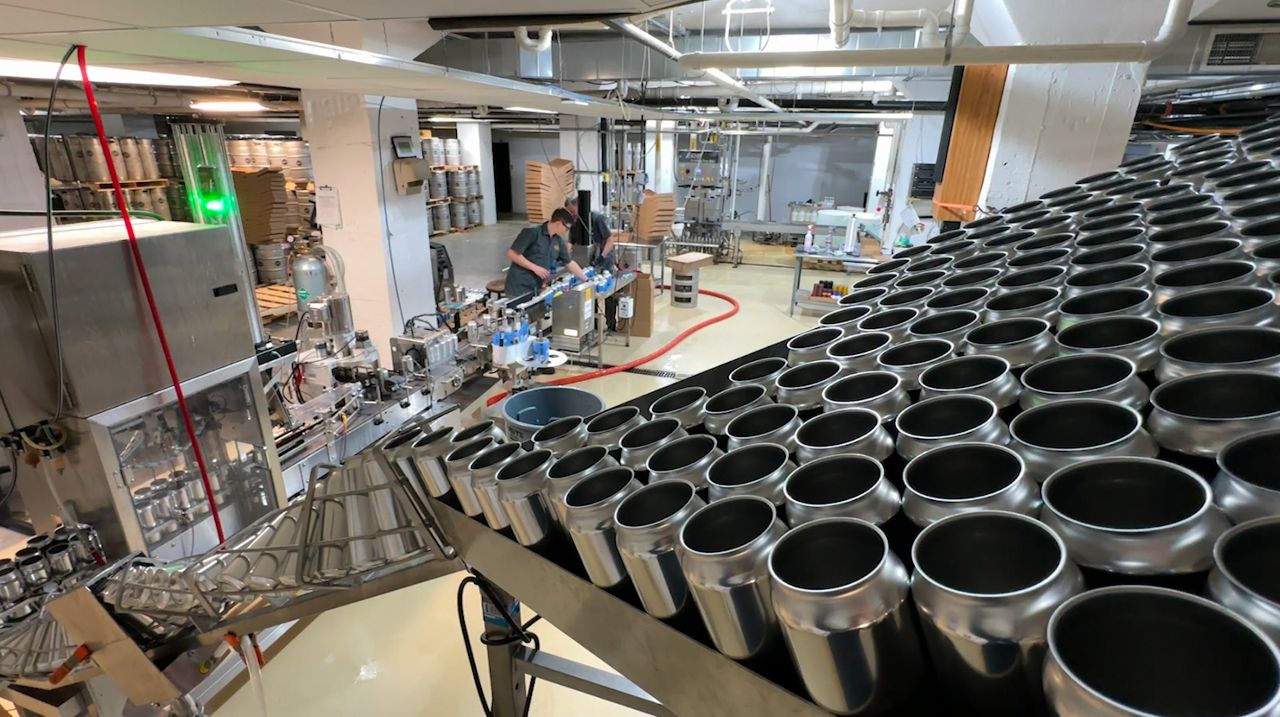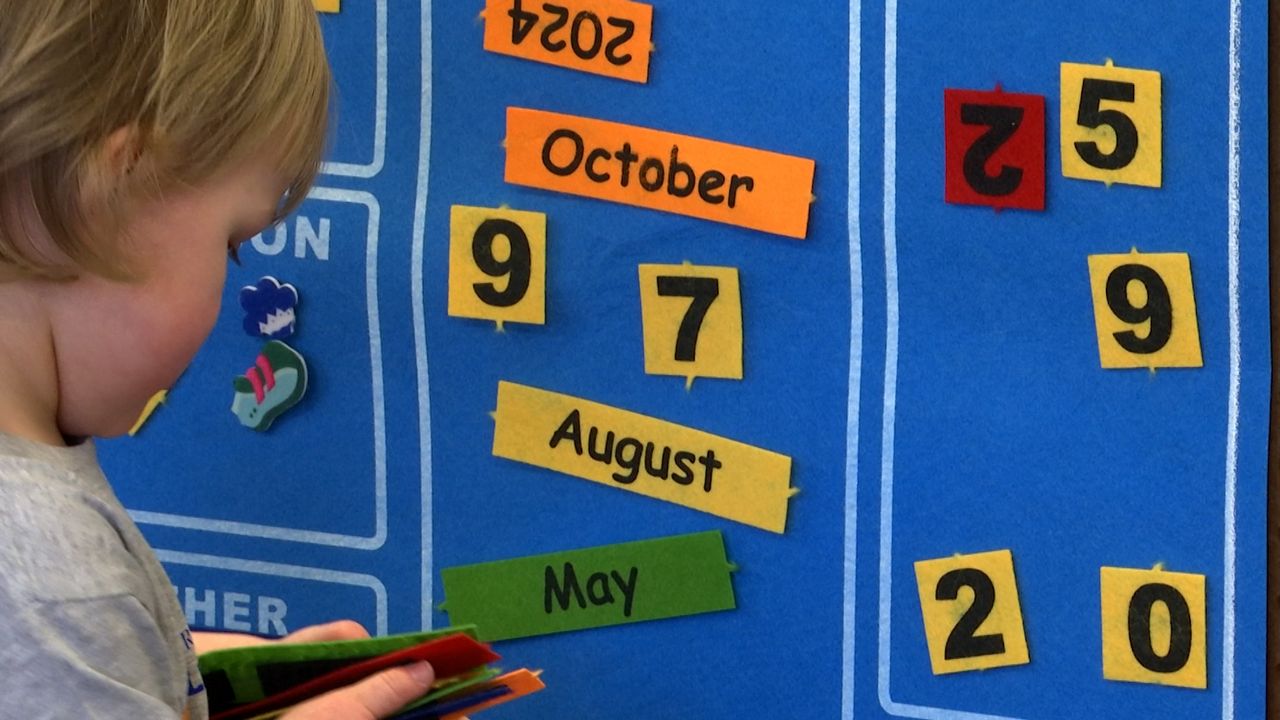WATERTOWN, Wis. — The site of the nation’s first kindergarten is expanding, according to the Watertown Historical Society.
“This classroom became the model for the entire country,” said Melissa Lampey, president of the Watertown Historical Society.
Located in Watertown, Wisconsin, the one-room schoolhouse dates back to 1856 and holds a unique place in U.S. history. It has been documented by the Library of Congress for its significant role in American education.
The kindergarten concept, which originated in Germany, translates to “a garden of children growing.” Lampey explained that the first American kindergarten was conducted in German, reflecting the heritage of its founder and the local community at the time.
The kindergarten movement was pioneered by Friedrich Froebel, a German educator whose innovative ideas were ahead of their time.
“He was an educator who was ... a little out of the box,” Lampey said.
Officials say Froebel believed that children learned best through hands-on activities and play, using tools like building blocks, music and sorting games. This method of learning was groundbreaking and laid the foundation for modern early childhood education.
Music played a significant role in Froebel’s approach.
“They would use it to learn dexterity and skills, because a lot of the songs would have actions and movements,” said Jim Brockler, vice president of the Watertown Historical Society. “This helped them progress physically as well as mentally.”
The spread of Froebel’s kindergarten model to America was made possible by Margarethe Schurz, a woman who immigrated from Hamburg, Germany to Watertown with her politically influential statesman husband.
“They settled here for a short time, just two years, but their legacy still lives on more than 140 years later,” Lampey said.
To further honor and preserve this legacy, the Watertown Historical Society is launching an expansion project that will add an interactive classroom to the site. This new space, connected to the original schoolhouse by a breezeway, will allow students to engage with the same types of toys and learning tools used by the first kindergarteners in the U.S.
“To take the gifts that were used in the 1850s and now make those work in the 2020s makes it so much more appropriate and interactive,” Brockler said. “If we do not preserve the past, we’ll lose all of that in the future.”
Construction on the new interactive classroom is set to begin in the fall of 2024. The Watertown Historical Society is inviting the public to learn more about the project and explore touring opportunities at the site. It’s located behind the city’s historic Octagon House.
You can learn more about the history of America’s first kindergarten by visiting here.







